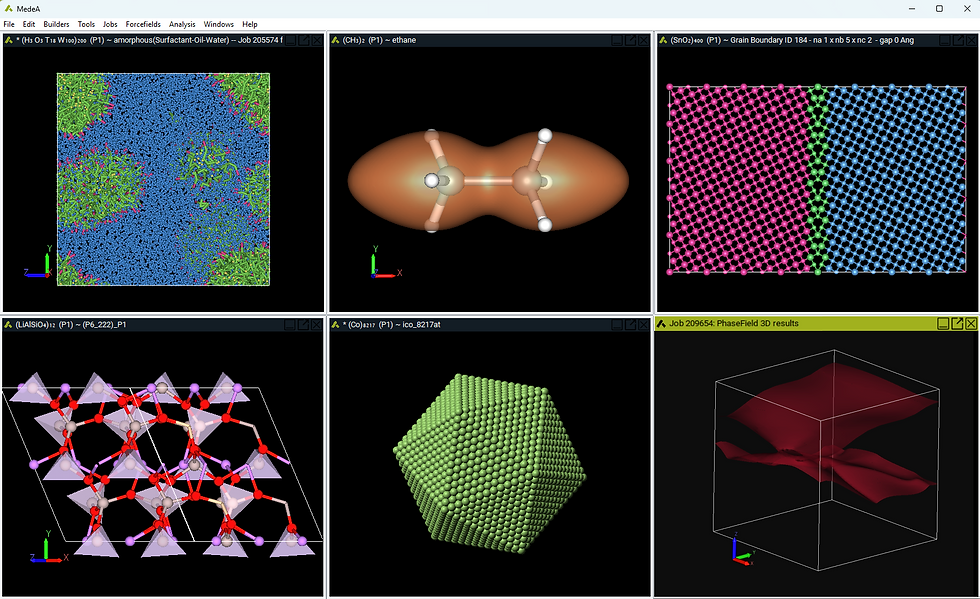Navigating Networks: Potential Analysis for High-Throughput Diffusion Screening
- Katherine Hollingsworth
- Oct 31, 2019
- 2 min read

A recent article by authors from Toyota Research, Materials Design, and MIT in Nature Research, Scientific Reports highlights an innovative technique that allows high-throughput methods to probe diffusion related properties such as the diffusivity of Lithium in Li-ion batteries.
Authors Arthur France-Lanord, Ryoji Asahi, Benoît Leblanc, Joohwi Lee, and Erich Wimmer describe the automated analysis of the corrugation of the potential derived from a single DFT calculation augmented to account for steric interactions, explaining diffusion properties for various materials.
The corrugation descriptor can be efficiently computed for a large number of systems and configurations of atoms, providing transition state barrier information in excellent agreement with detailed transition state calculations. The critical advantage of the topological analysis developed by the team is that it requires no manual set-up, unlike traditional transition state calculations, and it can be computed efficiently. The resulting corrugation descriptors can be stored in a database and employed in the query based analysis of diverse materials systems for required property characteristics.
France-Lanord and coworkers focus on ionic conductors, but topological descriptors can be employed in a tremendous variety of applications where physical behavior is affected by diffusive processes such as corrosion, cracking, whisker growth, dimensional changes, dielectric variation, interface formation, and memory effects. In the study of such phenomena it has been difficult to apply high-throughput methods in the past, because although computational methods were available, they required tedious manual inspection and setup. In contrast, corrugation descriptors may be computed automatically and efficiently for large numbers of systems, or as a function of temperature, pressure, or composition.
The corrugation descriptor analysis capability, illustrated schematically here for a small pore microporous system, is readily accessible in the MedeA Flowchart environment.
The MedeA simulation environment provides access to leading materials science computational programs including VASP, LAMMPS, GIBBS, PHONON, and MOPAC and facilitates high-throughput calculations with a graphical flowchart based infrastructure that supports efficient deployment across compute resources.
Corrugation analysis is just one of a range of innovative techniques made available by the MedeA Environment.



Comments